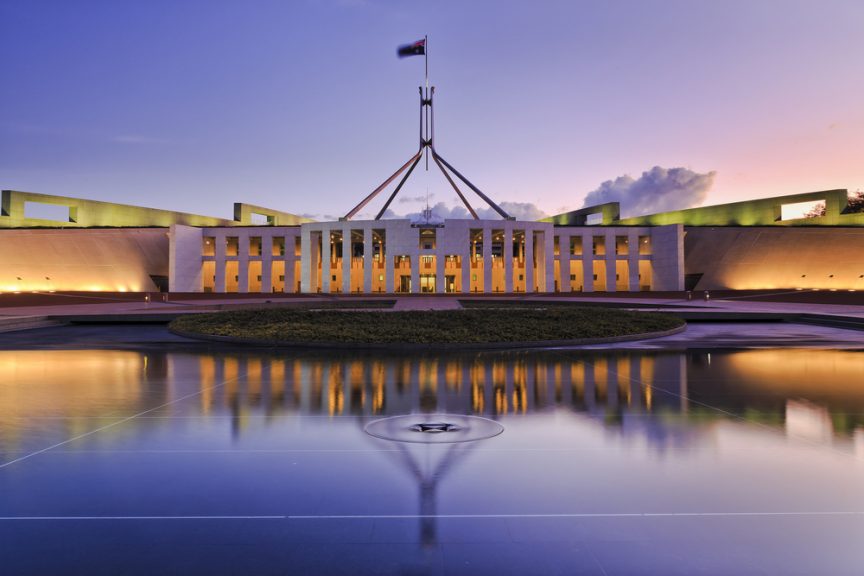An emerging partnership between the US and Australia promises to change the market for rare-earth metals. Here’s what mining companies can do to prepare for it.
From smartphones with longer battery lives to increasingly sophisticated military equipment, many recent technological advances can be traced back to rare-earth metals — elements such as lanthanum, cerium, and dysprosium. Due to the importance of such technology in the global economy, these elements now play a critical role in the modern supply chain. However, their relative scarcity compared with more common materials such as iron and silicon brings a number of issues and uncertainties.
Accordingly, the governments of the United States and Australia are preparing to release plans that would secure and stabilize the supply of rare-earth metals that have become so critical to both economies. While the specific details of the plans are forthcoming, the potential partnership would lead to greater strategic, economic, and technological cooperation between the two allies.
For mining companies with a focus on rare-earth metals, this proposed collaboration between the US and Australia should be welcome news. Stakeholders preparing for greater investment in the sector should consider how this kind of partnership would impact their operation. At the same time, mining companies should be anticipating greater activity across the industry — and invest in the haul and access roads that make rare-earth mining worksites functional.
Stabilizing the Rare-Earth Metal Supply
The current state of rare-earth metal production and processing is heavily skewed towards China. The East Asian country accounts for more than 80% of global rare-earth metal production and processing at 120,000 MT, with Australia and the US coming in second and third at 20,000 MT and 15,000 MT, respectively.
The planned partnership between the US and Australia looks to remedy this imbalance. “Both countries share an interest in making sure the global supply of rare earths is stable and secure,” a senior Trump Administration official explained. By sharing expertise and assets, both governments aim to make the market more resilient to “shocks and outside influences.”
Preparing for Increased Rare-Earth Mining
Given the critical importance of rare-earth metals in consumer electronics and military equipment, the American-Australian partnership is designed to bolster the production and processing capacity of both countries. As officials in both governments and industry stakeholders prepare to meet the rising demand for rare-earth metals, however, it’s incumbent upon them to consider what will be necessary to handle greater mining activity.
For example, rare-earth mining requires processing facilities separate from the point of extraction. This means that both countries will need to ensure they have adequate processing capacity. Additionally, rare-earth metal worksites will see greater wear-and-tear if the US and Australia increase their mining activity. This calls for greater investment in the infrastructure that mining companies rely on.
Making the Most of Rare-Earth Mining Infrastructure
The developing partnership between the US and Australia comes at a critical time for rare-earth metal mining. For mining stakeholders determined to make the most of this official interest in the rare-earth market, it’s important to work with the right industry partners to maintain and manage worksite infrastructure — such as haul and access roads.
With a dust control program from Midwest Industrial Supply, Inc., rare-earth metal mining companies can do just that. Midwest offers worksite dust control backed by more than 40 years of industry-leading experience — dust control that leverages synthetic organic materials to deliver long-term reliability on top of short-term results. Whether you’re looking for a comprehensive managed program or a solution that you can apply yourself, the team at Midwest can help you eliminate dust and provide a safe worksite for employees.


